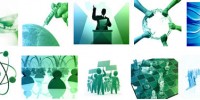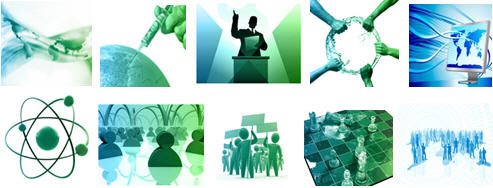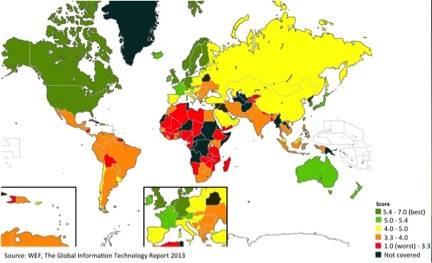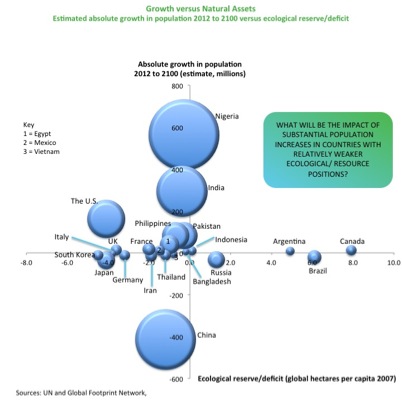March 2014: The complex nexus of food, water, energy and climate change presents huge global economic, environmental and societal challenges – heating up the battle to access new resources from the Arctic to fracking. Risks are growing, even as multilateral action stalls.
Today we are using around 50% more renewable resources and land than the planet can generate. By 2030 the annual rate will be 2 times, and by 2050 we will need the equivalent of 2.8 planets, as the population increases along with per capita consumption. Clearly such consumption is not sustainable. These resource challenges are significantly impacted by climatic shifts, with the latest 5th IPCC report on climate change reiterating the risks of continued shifts, including the impact of sea level rises, extreme weather events, and ocean degradation. Meanwhile, the Arctic is rapidly becoming a new battleground for securing natural resources, from oil and gas to minerals, diamonds and fish.
The imperative is not only to do more with less and eliminate waste but to rethink usage, reducing consumption and developing self-sustaining systems that reuse resources effectively, harnessing new technologies and approaches from urban farming to algae-based biofuels. The challenge is that if we do not act, the potential for resource conflicts between countries, organizations and communities will rise.
Yet as resource gaps grow and risks increase – the focus of this briefing – the world seems locked into a vicious cycle of debate and inaction. Media debates around partisan interests obfuscate scientific realities, even as multilateral action remains stalled on critical issues, whether climate agreements or solving the paradox of the hungry and the obese.
It’s a crisis of morals, governance, and above all marketing and media, pitting crisis deniers, often with vested interests in the status quo, against those who recognize the threats but are communicating panic versus reasoned solutions. Expect more debate and calls for responsible capitalism – those that are listening will be taking action at multiple levels in society and business.
Continue





